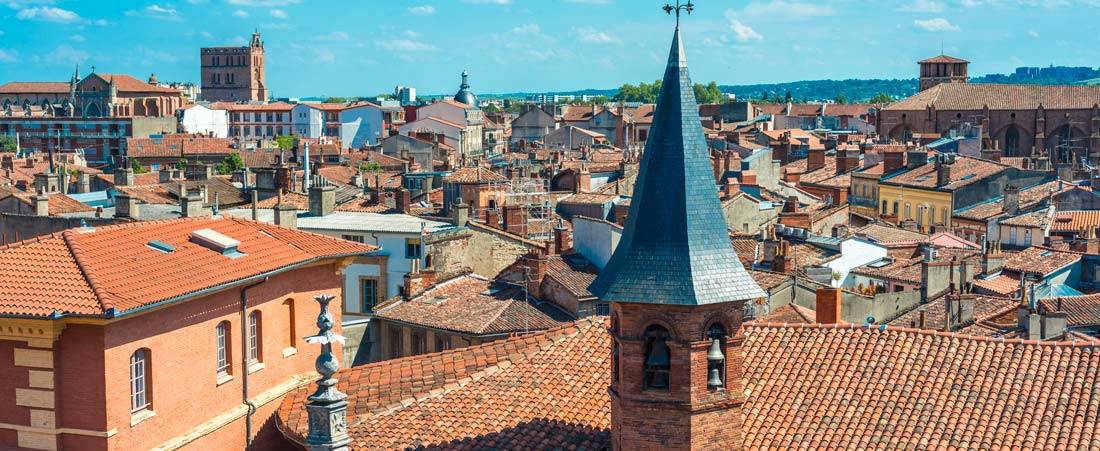Place Saint Georges

History of the Saint-Georges district
East of the Capitol and north of Saint-Etienne, the Saint-Georges district revolves around Place Saint-Georges and Place Wilson. It forms a shopping triangle bounded by Boulevard Lazare-Carnot to the east, rue d'Alsace-Lorraine to the west and rue de Metz to the south. The name of Saint-Georges originates from a small chapel dedicated to Saint-Georges, which was located on the eponymous square before its demolition at the beginning of the 19th century. In the Middle Ages, Place Saint-Georges was an important commercial place in Toulouse: a covered area around the square houses a large wine market. The residences then belonged to innkeepers and tavernkeepers but also to bakers, due to the proximity of the oven on rue Cantegril. From the 16th century, the square will host public executions. Over the centuries, it will nevertheless retain its commercial vocation, with the second-hand clothing merchants' market which set up there in 1797, then with the Salé Fair which marks Holy Thursday every year from 1845. In the second half of the 20th century century, the entire district is undergoing embellishment work. Place Saint-Georges is away from these changes for a while, before being in turn the subject of improvements: pedestrianization, enlargement of the garden, installation of a fountain.
The essentials of the Saint-Georges district
The Saint-Georges district is located in the historic center of Toulouse. As such, it has a rich historical and architectural heritage. Among the remarkable public monuments are two fountains in contrasting styles, the fountain on Place Wilson and the fountain on the Promenade des Capitouls. The district benefits from several pleasantly vegetated spaces, with the Place Saint-Georges, the Pierre Goudouli Garden in the Place Wilson, the Augustinian Cloister and the Place de José Miguel Valdés. It has retained its commercial vocation from its past history, since it houses the large shopping center of Boutiques Saint-Georges in the east. The center brings together around fifteen ready-to-wear shops, a supermarket and several fast food brands. There are many other shops in the area between Place Saint-Georges and Boulevard Lazare Carnot. A little further north, above Place Wilson, the Saint-Georges district is also home to the Victor-Hugo market, a Toulouse institution since 1896, which brings together creamers, florists, greengrocers, pastry chefs, caterers and restaurateurs, wine merchants and pork butchers . To the south of the district, on rue de Metz, the Musée des Augustins is the Musée des Beaux-Arts de Toulouse. Its peaceful cloister is an oasis in the city, which hosts many family events.
Living in the Saint-Georges district
Appreciated for its countless shops and its central location in Toulouse, the effervescent Saint-Georges district also offers its inhabitants pleasant spaces in which to relax: Place Wilson and its central square, the cloister of the Musée des Augustins, the terraces of Place Saint-Georges. A sector with a dynamic cultural life, close to the Capitol, the Saint-Georges district is home to the Théâtre de la Cité, a place of sharing and creation where there is also a very trendy bar-restaurant. The neighborhood is a foodie's paradise, with its multitude of restaurants and tea rooms, as well as its Victor Hugo market where you can stock up on fresh, quality products. Family life is fostered in the Saint-Georges district by the presence of two nurseries, a nursery school and a primary school. The commercial vocation of Saint-Georges and its location in the heart of the city have made it one of the areas of Toulouse best served by public transport, and with several car parks. It is served by the two metro lines A and B.